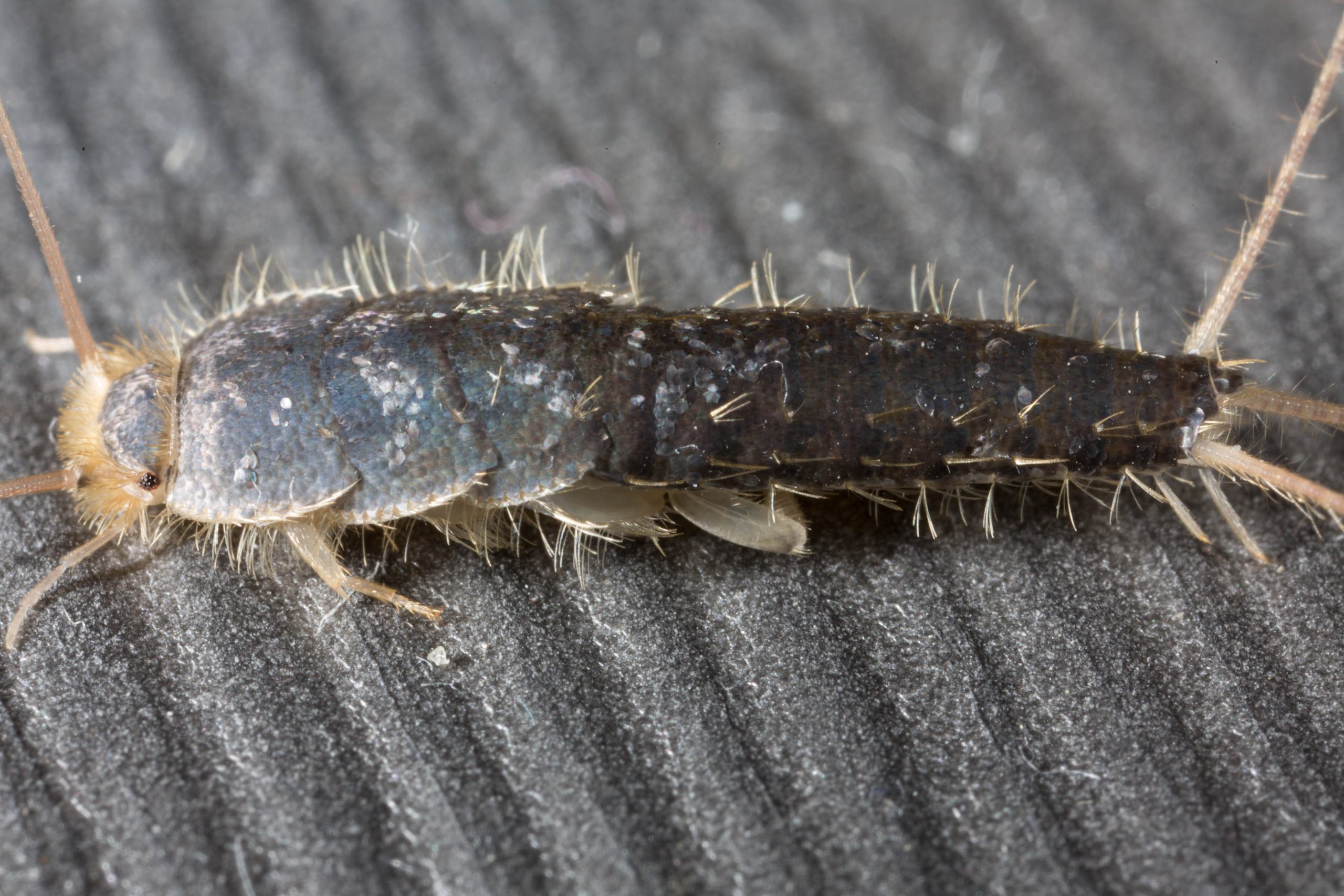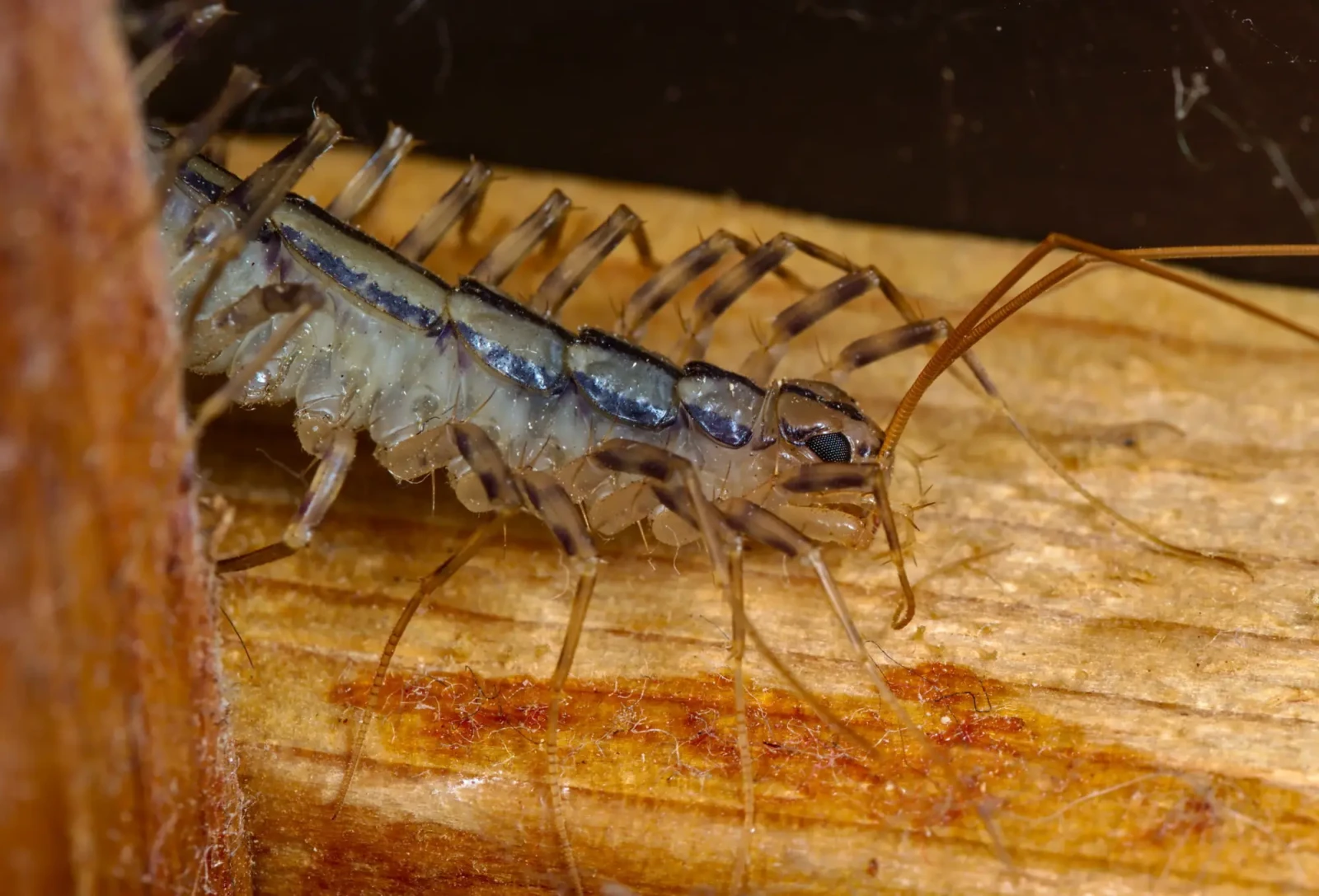Silverfish are small, wingless insects known for their distinctive silver-grey color and fish-like movements. While silverfish are known for damaging books, clothing, and other household items, a popular myth has emerged: Can silverfish infest your hair? This article explores the truth behind this myth and offers practical advice on dealing with silverfish in your home.
 However, the truth is far less alarming. Silverfish are not attracted to human hair, nor do they infest it. These insects are primarily scavengers that feed on carbohydrates, such as sugars and starches, found in materials like paper, glue, and textiles. The idea that they would infest hair is not supported by scientific evidence. Silverfish prefer environments where they can find food sources like wallpaper paste, book bindings, and clothing fibers, not human hair.
However, the truth is far less alarming. Silverfish are not attracted to human hair, nor do they infest it. These insects are primarily scavengers that feed on carbohydrates, such as sugars and starches, found in materials like paper, glue, and textiles. The idea that they would infest hair is not supported by scientific evidence. Silverfish prefer environments where they can find food sources like wallpaper paste, book bindings, and clothing fibers, not human hair.

The Myth of Silverfish-Infesting Hair
The belief that silverfish can infest human hair has existed for some time. This myth likely stems from the fact that silverfish are often found in bathrooms, where hair is also commonly seen. The fear that these insects might be attracted to the oils and debris in unwashed hair has fueled this misconception. However, the truth is far less alarming. Silverfish are not attracted to human hair, nor do they infest it. These insects are primarily scavengers that feed on carbohydrates, such as sugars and starches, found in materials like paper, glue, and textiles. The idea that they would infest hair is not supported by scientific evidence. Silverfish prefer environments where they can find food sources like wallpaper paste, book bindings, and clothing fibers, not human hair.
However, the truth is far less alarming. Silverfish are not attracted to human hair, nor do they infest it. These insects are primarily scavengers that feed on carbohydrates, such as sugars and starches, found in materials like paper, glue, and textiles. The idea that they would infest hair is not supported by scientific evidence. Silverfish prefer environments where they can find food sources like wallpaper paste, book bindings, and clothing fibers, not human hair.
Why Silverfish Don’t Infest Hair
Silverfish have very specific dietary needs that do not include hair. Their mouthparts are designed for chewing soft materials, making hair an unsuitable food source for them. Additionally, silverfish are highly sensitive to light and movement, making the human scalp, which is frequently exposed to both, an undesirable habitat for them. Furthermore, silverfish lack the ability to cling to or burrow into hair. Their bodies are not equipped with the necessary structures to attach themselves to hair strands. They are more likely to scuttle away into dark crevices than to approach a living human being. This behavior further debunks the myth of silverfish infesting hair.
Silverfish in Your Home: What You Need to Know
While silverfish may not infest your hair, they can still be a nuisance in your home. These pests thrive in humid environments and can cause significant damage to your belongings. Books, wallpaper, and clothing are particularly vulnerable to silverfish infestations. To prevent silverfish from becoming a problem in your home, it’s essential to reduce humidity levels and remove potential food sources. Here are some tips to keep silverfish at bay:- Reduce humidity: Use dehumidifiers in damp areas like basements and bathrooms. Silverfish thrive in moist conditions, so keeping your home dry is key to preventing infestations.
- Seal cracks and crevices: Silverfish can enter your home through tiny gaps in walls, floors, and foundations. Sealing these entry points can help keep them out.
- Store items properly: Keep books, clothing, and other vulnerable items in sealed containers to protect them from silverfish.
- Regular cleaning: Vacuum and dust regularly to remove food particles and reduce the risk of a silverfish infestation.
Myths and Facts About Silverfish Infestation
| Myth | Fact |
| Silverfish can infest human hair. | Silverfish do not infest hair; they are attracted to carbohydrates found in household materials. |
| Silverfish bite humans. | Silverfish are harmless to humans and do not bite. |
| Silverfish are attracted to dirty hair. | Silverfish are not attracted to hair, regardless of its cleanliness. |
| Silverfish only live in dirty homes. | Silverfish can infest any home, especially those with high humidity and access to food sources. |
| Silverfish can fly. | Silverfish are wingless and cannot fly; they move by crawling. |




